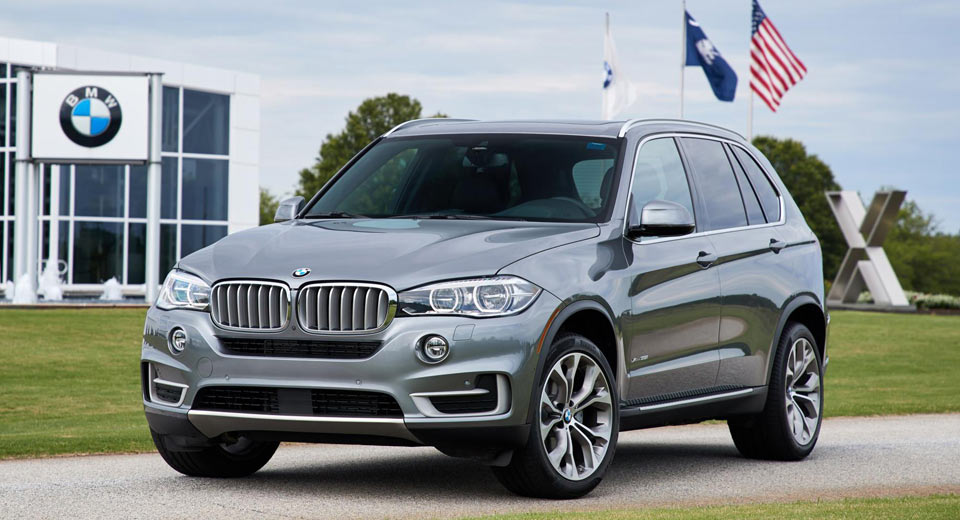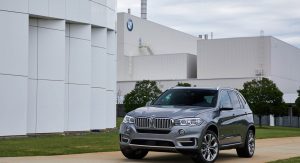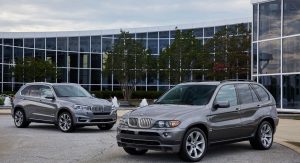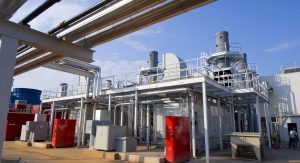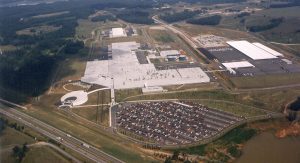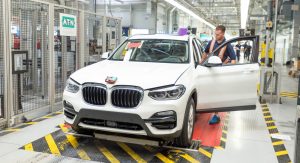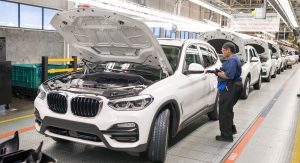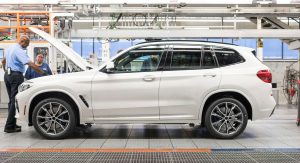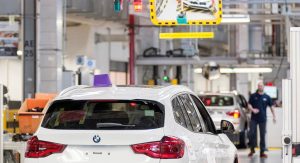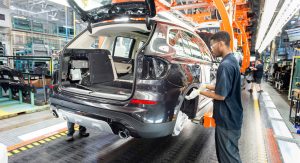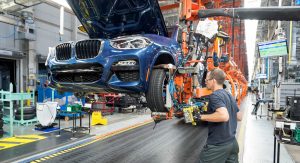Hard as it may seem to believe now, there was a time when BMW didn’t make SUVs or crossovers. But this ended in 1999, with the launch of the first-gen X5, and the German automaker has now confirmed the addition of yet another model to its already comprehensive fleet next year.
That model is the X7, the new flagship crossover that’s set to hit showrooms in late 2018. The announcement came as part of the launch of the new X3.
Slated to be positioned above the X5 in BMW’s growing crossover lineup, the X7 is poised to take on the Mercedes GLS with a larger format allowing for as many as seven seats – or as few as four, depending on the specification. Moreover, hybrid and performance versions promise to further expand the appeal for what’s surely to be a rather expensive set of wheels.
The BMW X7 will be the fifth model to be produced at the company’s Spartanburg plant in South Carolina, which has emerged as its largest in the world in terms of output. The manufacturer may need to expand its production capacity, however; last year it produced 411,000 vehicles at the American plant, nearing its peak output of 450,000 units per year.
The model’s arrival will further cement BMW’s status as the largest exporter of automobiles from the United States in terms of value. The US Department of Commerce reports that the Spartanburg plant shipped over $10 billion worth of metal out of the US, representing 70 percent of the its output. That’s a nice return on the $8 billion BMW has invested in the Spartanburg plant since opening it a quarter of a century ago, in September 1994. And it’s even better business for the U.S. economy, which, according to the University of South Carolina, is benefiting from $38.5 billion each year thanks to the plant’s operation. That’s free trade for you.
“Free trade has made this success story in the US possible. I firmly believe in free trade and open markets. It is essential for global businesses and economies around the world to flourish,” said BMW chief Harald Krüger. “The BMW Group’s success story in the US would not have been possible without the open arms and warm hearts of the people and elected officials in the great state of South Carolina and the surrounding region. Our relationship with South Carolina has been built upon decades of professionalism, mutual trust and respect – and goes far beyond just building great cars.”



